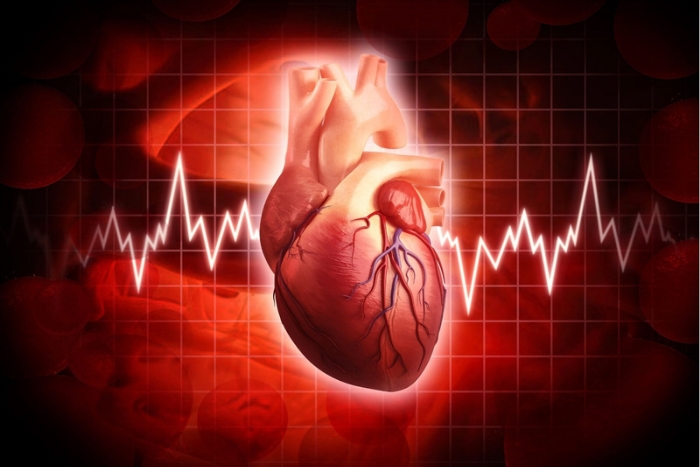
. **Electrode Placement**: Small electrodes (sticky patches or metal sensors) are attached to specific locations on the patient's skin, typically on the chest, arms, and legs.
2. **Recording**: These electrodes detect the electrical signals generated by the heart as it beats. The signals are then transmitted to an ECG machine.
3. **Graphical Representation**: The ECG machine creates a graphical representation of the heart's electrical activity, which appears as a series of waveforms on a paper strip or a digital screen.
4. **Interpretation**: A trained healthcare professional, often a cardiologist or a specially trained technician, interprets the ECG results. They analyze the shape, duration, and timing of the waves to diagnose various heart conditions, such as arrhythmias, heart attacks, and abnormal rhythms.
Common uses of an ECG include:
- **Diagnosing Heart Conditions**: It helps identify abnormal heart rhythms (arrhythmias), coronary artery disease, heart attacks, and other heart problems.
- **Monitoring**: Continuous ECG monitoring, such as Holter monitoring or event monitoring, can be used to detect intermittent or irregular heart rhythm abnormalities.
- **Preventive Screening**: ECGs may be performed as part of routine health checkups or before surgery to assess a person's cardiac health.
ECGs are essential in the field of cardiology and are often one of the first steps in diagnosing heart-related issues. They provide valuable information about the heart's electrical activity, allowing healthcare providers to make informed decisions about treatment and care.